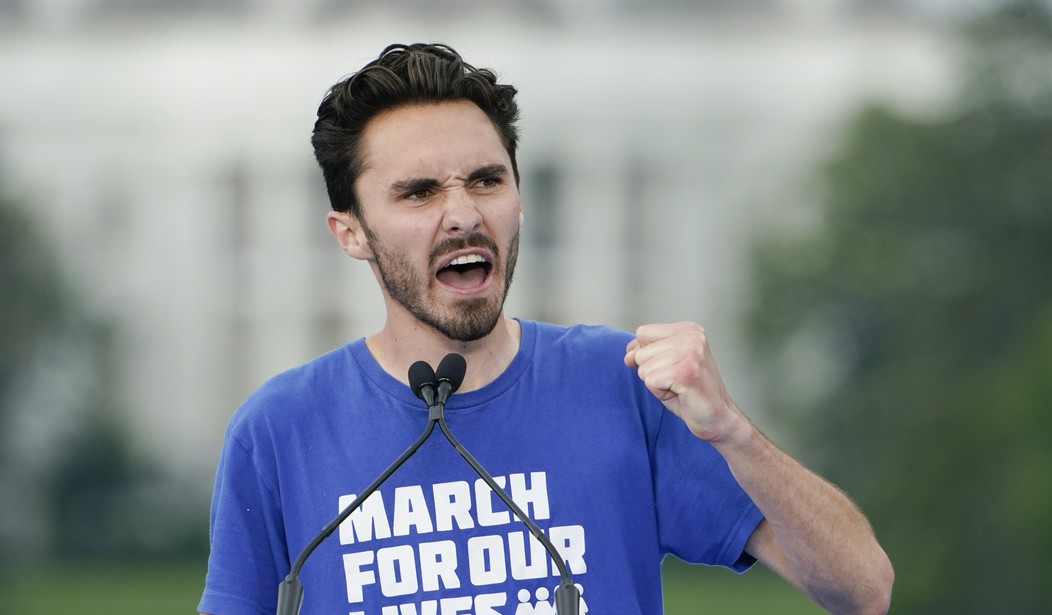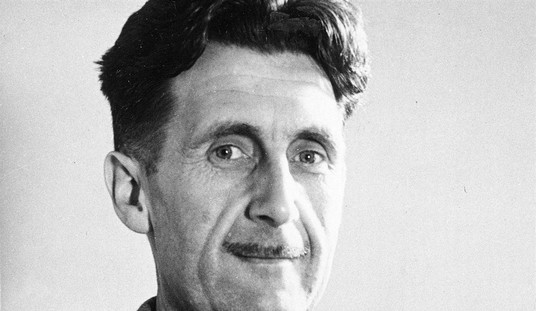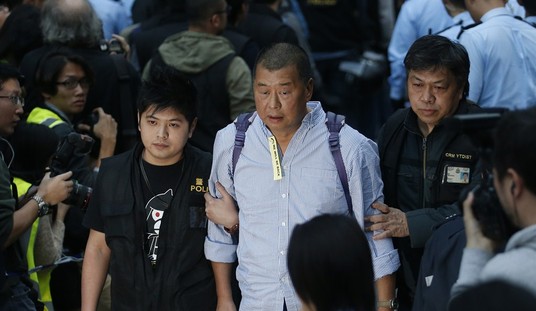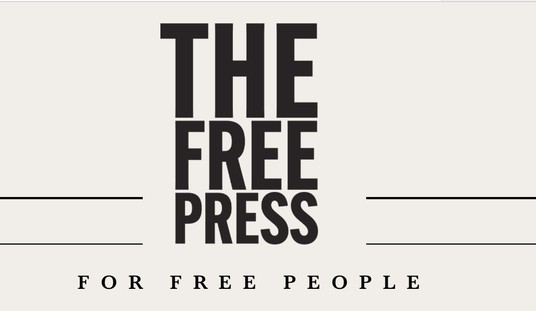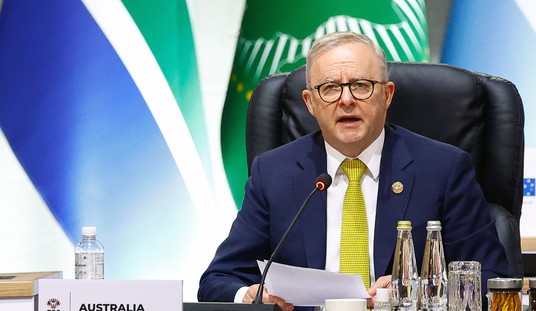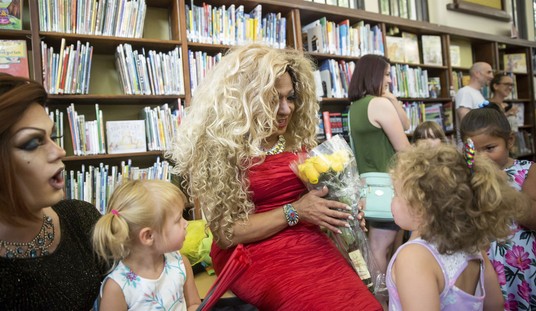"March For Our Lives", the national gun control group organized in the wake of the Parkland Massacre, and broadly associated with David Hogg - certainly had its day in the sun.
The group took off with a splash in 2018, organizing a welter of school walkouts, culminating with a huge rally on the Capitol Mall:
The March for Our Lives rally in Washington, D.C., held on Saturday focused mainly on calls for a new ban of certain guns and ammunition magazines.
A series of emotional and passionate speeches bookmarked by performances from celebrities, students, and activists called for a number of sweeping new gun-control proposals as a response to the shooting in Parkland, Fla., which left 17 dead. The speeches focused heavily on banning America's most popular rifle, the AR-15, and similar firearms as well as banning so-called high-capacity magazines, though details on what the protesters believe constitutes a "high-capacity" magazine were sparse. The crowd, which CBS News estimated to be 200,000—or less than half what the organizers requested space for in their permit application—was filled with signs advocating for a new ban on "assault weapons."
Of course, like most gun control groups and many leftist non-profits, "March" also splashed around in a Scrooge McDuck-level pool of money from progressive sugar-parents - including Michael Bloomberg, the Daddy Warbucks of the gun control industry. According to Stephen Gutowski and Joe Schoffstall at the Free Beacon in 2020:
The March For Our Lives Action Fund, a 501(c)(4) "social welfare" organization launched in the aftermath of the deadly 2018 shootings at Florida's Marjory Stoneman Douglas High School, is bankrolled almost entirely by large donations in excess of $100,000. The group reported $17,879,150 in contributions and grants over the course of 2018, its first year of operations. Ninety-five percent of those contributions came from 36 donations between $100,000 and $3,504,717—a grand total of $16,922,331.
That was 2020 - the year of riots, crime, and the dual epidemics of Covid and Trump Derangement Syndrome. Leftist dollars flowed like the Volga during the rasputitza. And they made an impact - driving gun control legislation in GOP-controlled Florida, and getting semi-serious talk of a national gun buyback into the national conversation.
Of course, without big-money donors, the groups finances were about as robust as Milli Vanilli's career bell curve:
The group's reliance on a small number of large donations raises questions about its ability to turn rally-goers and supporters into donors. It also provides ammunition to gun-rights activists who have long cast the gun-control movement as driven not by grassroots supporters, but by billionaire benefactors like Michael Bloomberg.
The group's 990 tax form shows another 38 donations totaling between $5,000 and $100,000, which together accounted for an additional $876,114 of revenue. The remainder, just 0.5 percent of total receipts, came from those giving less than $5,000.
But that was then. Now, David Hogg has moved on to the Democratic National Committee, and the "non-profit" landscape is changing, and not just from DOGE hacking away at the undergrowth of government funding.
March For Our Lives is downsizing:
The gun-control group announced it would cut ties with 13 of its 16 full-time staffers last week. It also named a new executive director. Jaclyn Corin, a 24-year-old Parkland survivor and group co-founder, will take the reins as the organization attempts to navigate bumpy terrain in the wake of the 2024 election.
“We are facing financial challenges as an organization, not unlike many nonprofit advocacy organizations in this time,” Corin told The 19th. “I am sure things would look differently with a different outcome of the election, but these are the systems and circumstances in which we have to make adjustments based on the financial situation we find ourselves in. It is incredibly unfortunate that these cuts have to happen.”
The firings are a significant setback for one of America’s most prominent gun-control groups. It likely limits any impact the group might have between now and next year’s midterm elections. It’s also the culmination of the group’s long decline after a meteoric rise.
As of 2023, funding for its political wing was off by half, and its non-political foundation by a third - and all together, was about a quarter of what it raised in 2018.
The list of plutocrat-supported gun grabber groups that rose, created their splashes, and washed away just keeps getting longer.

